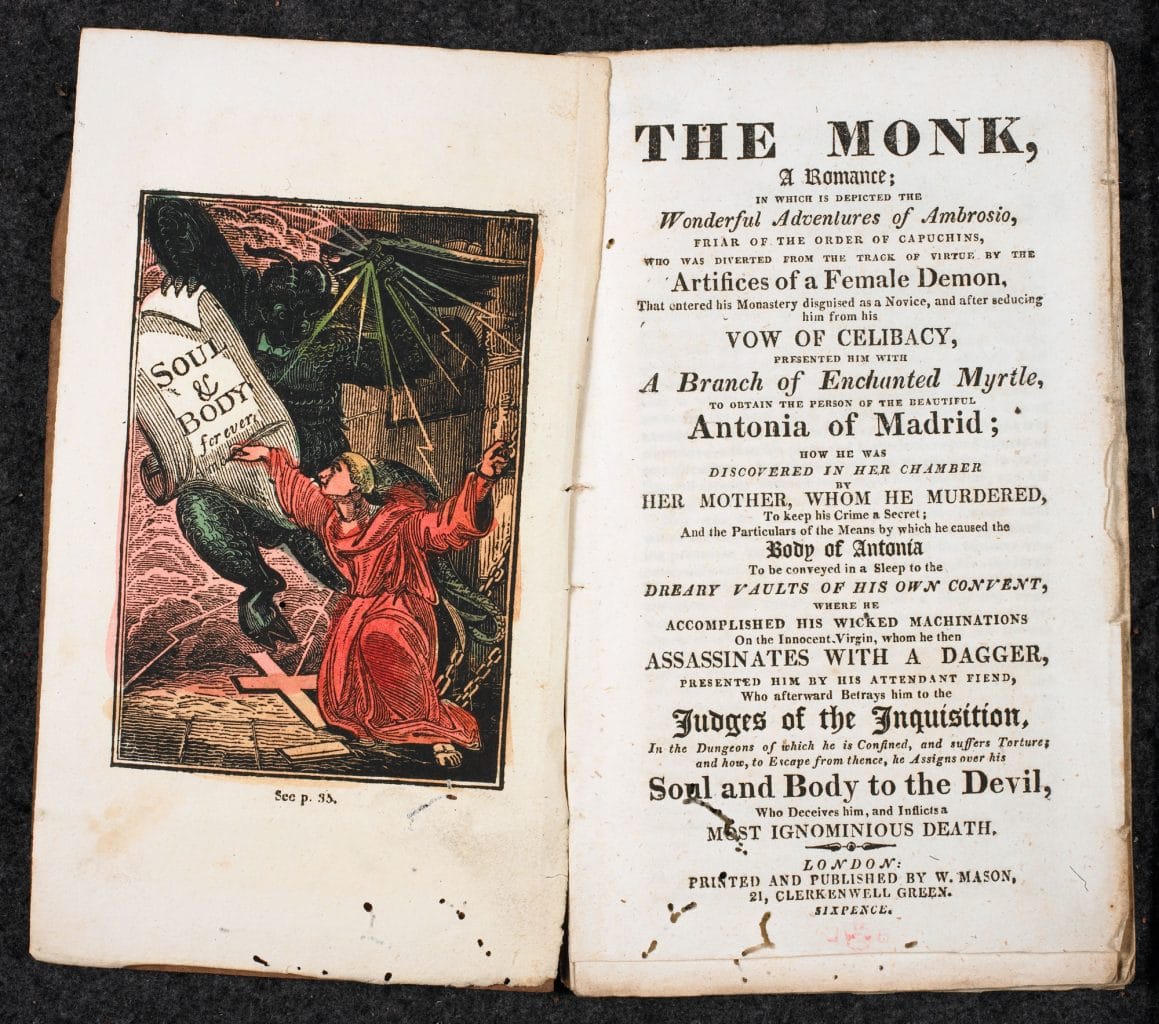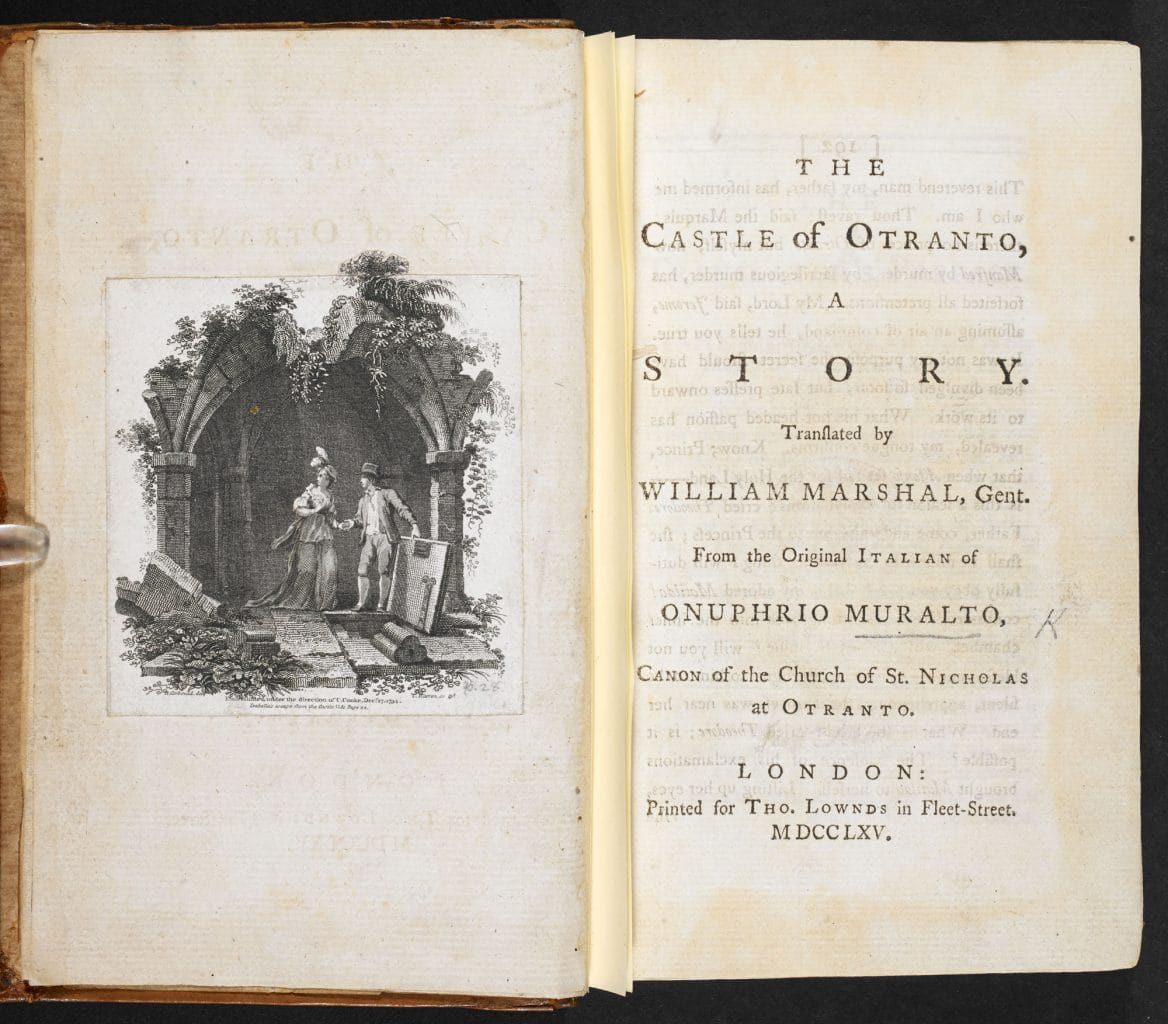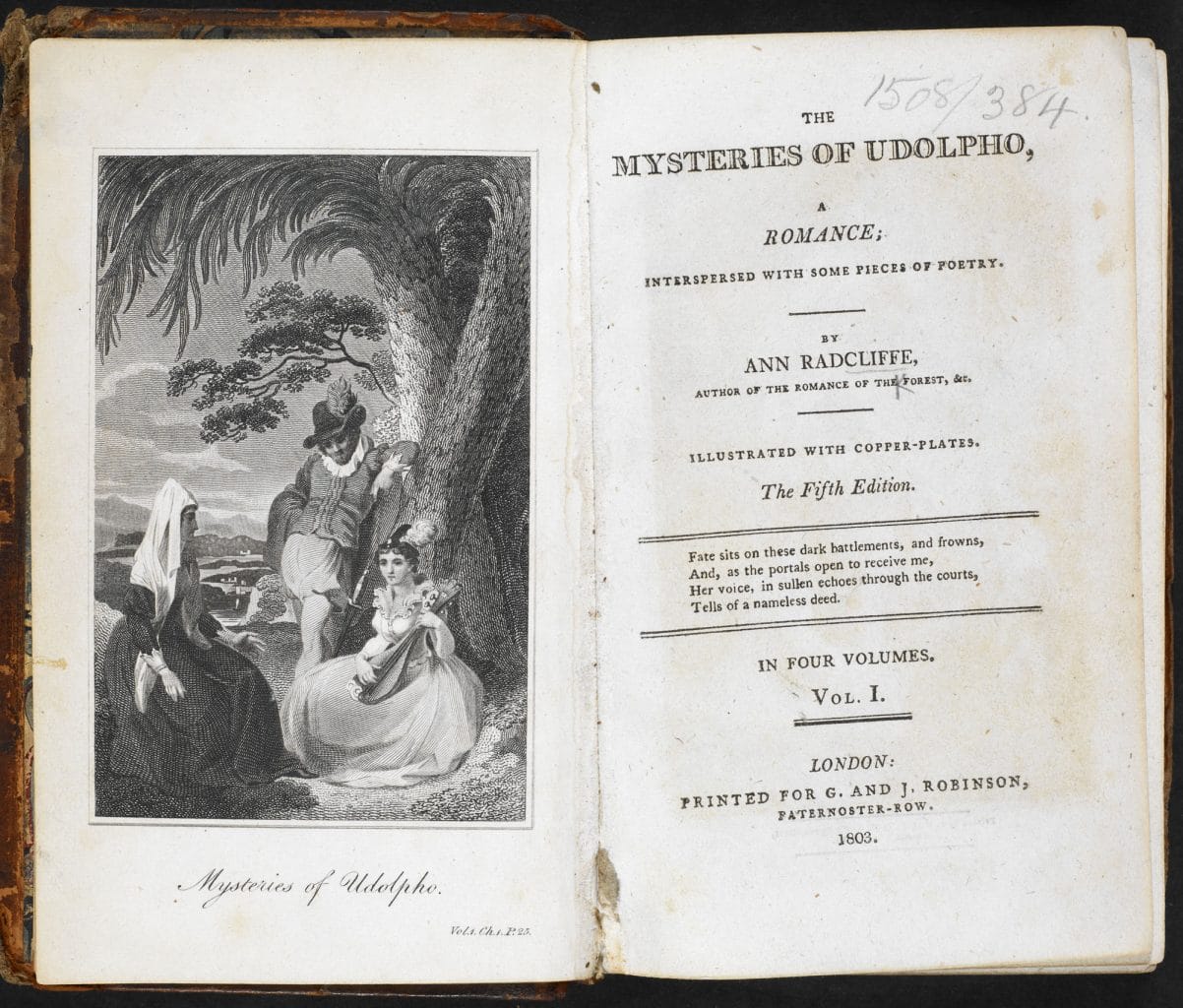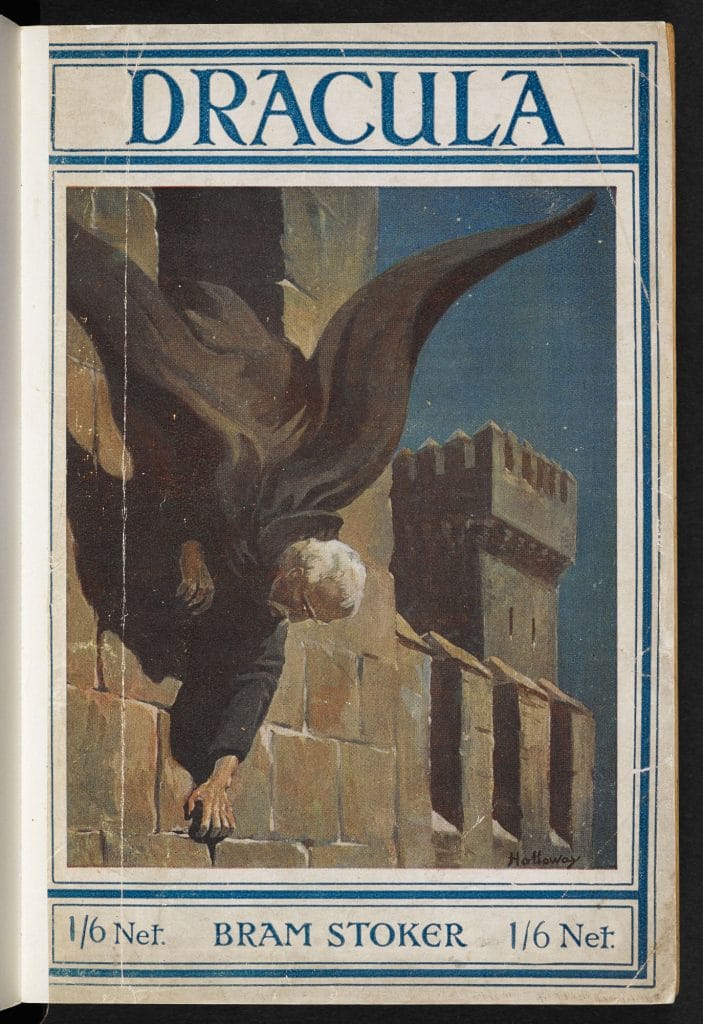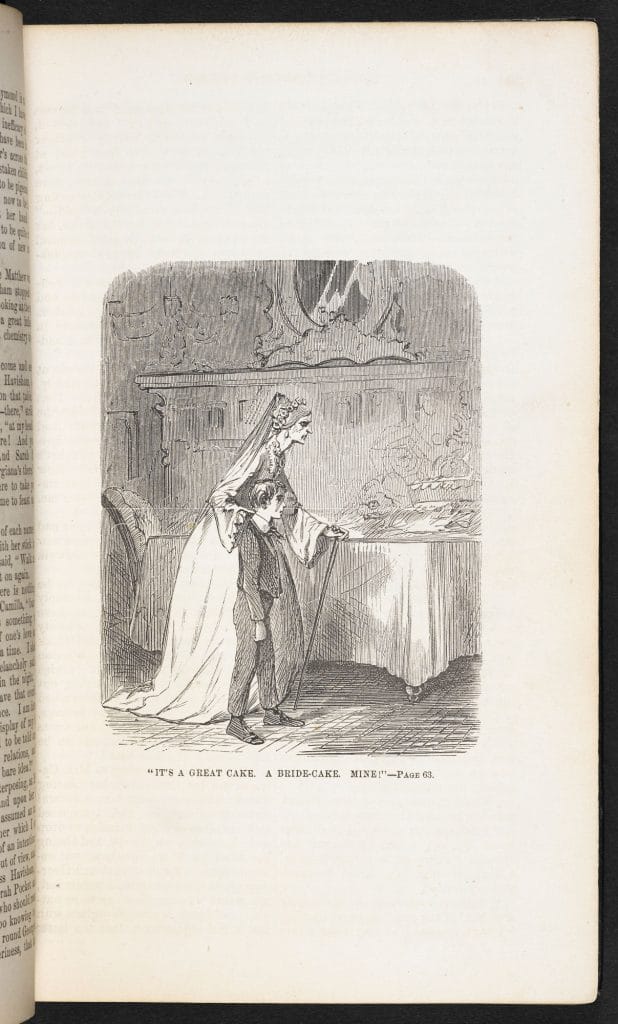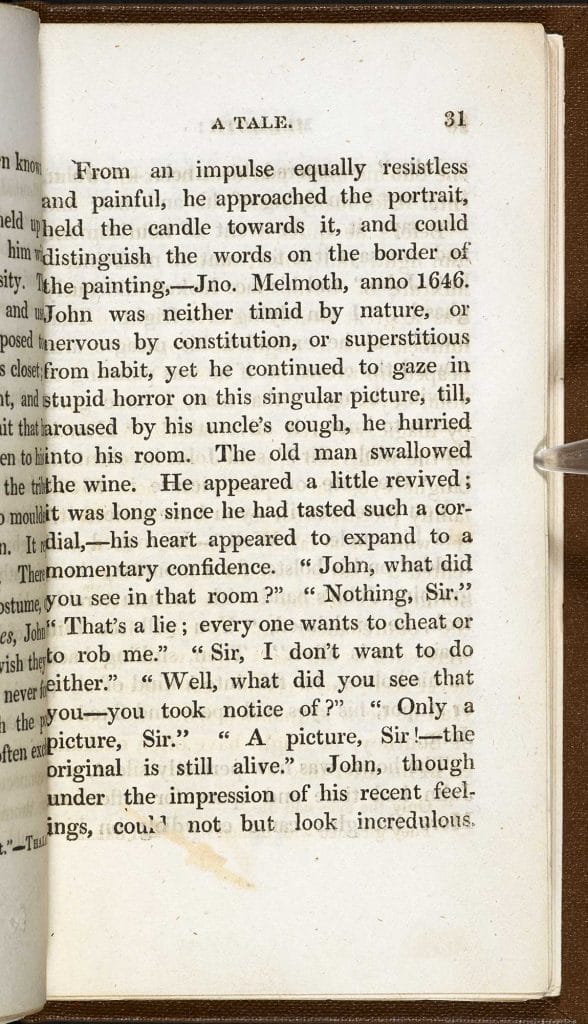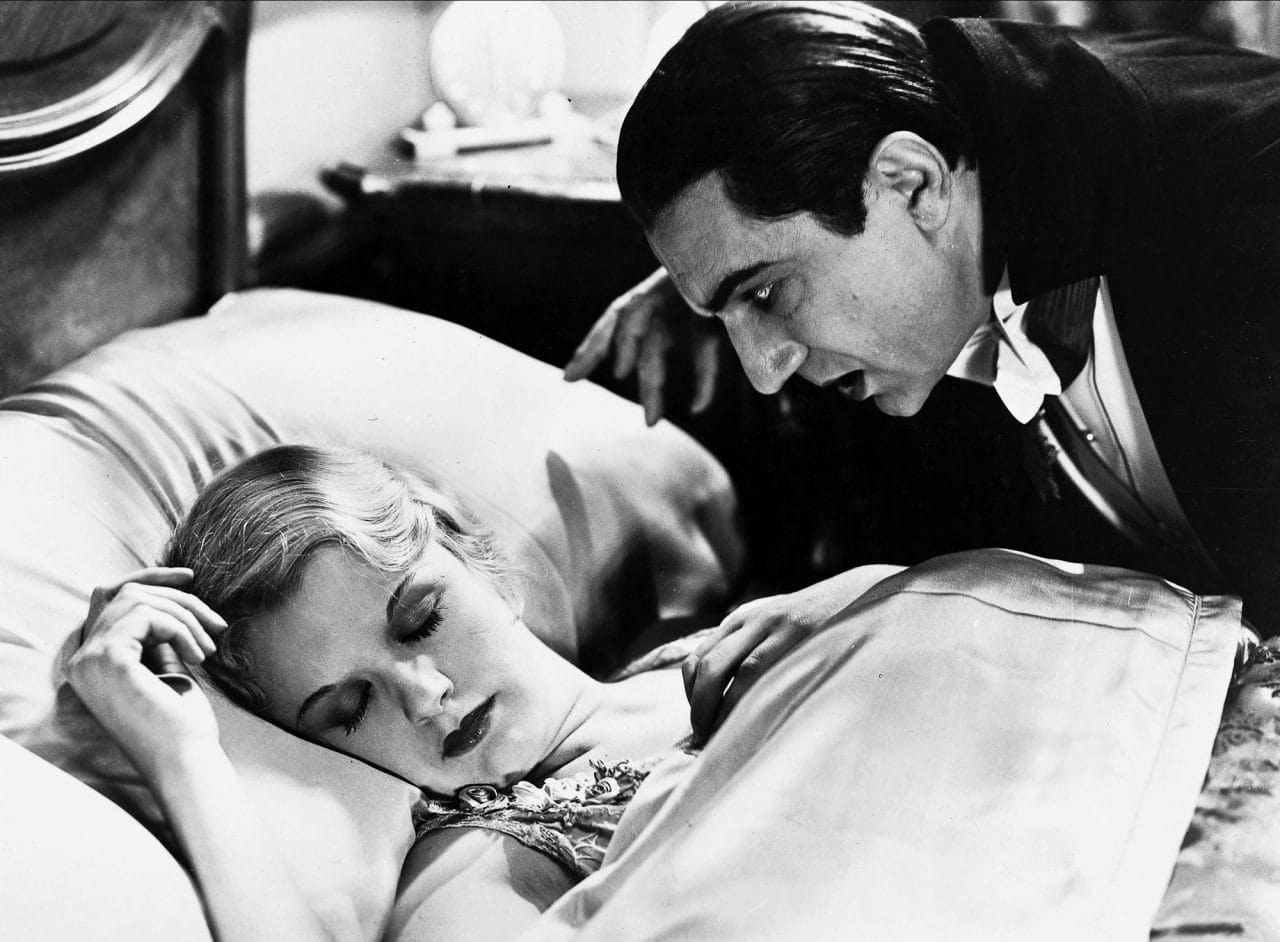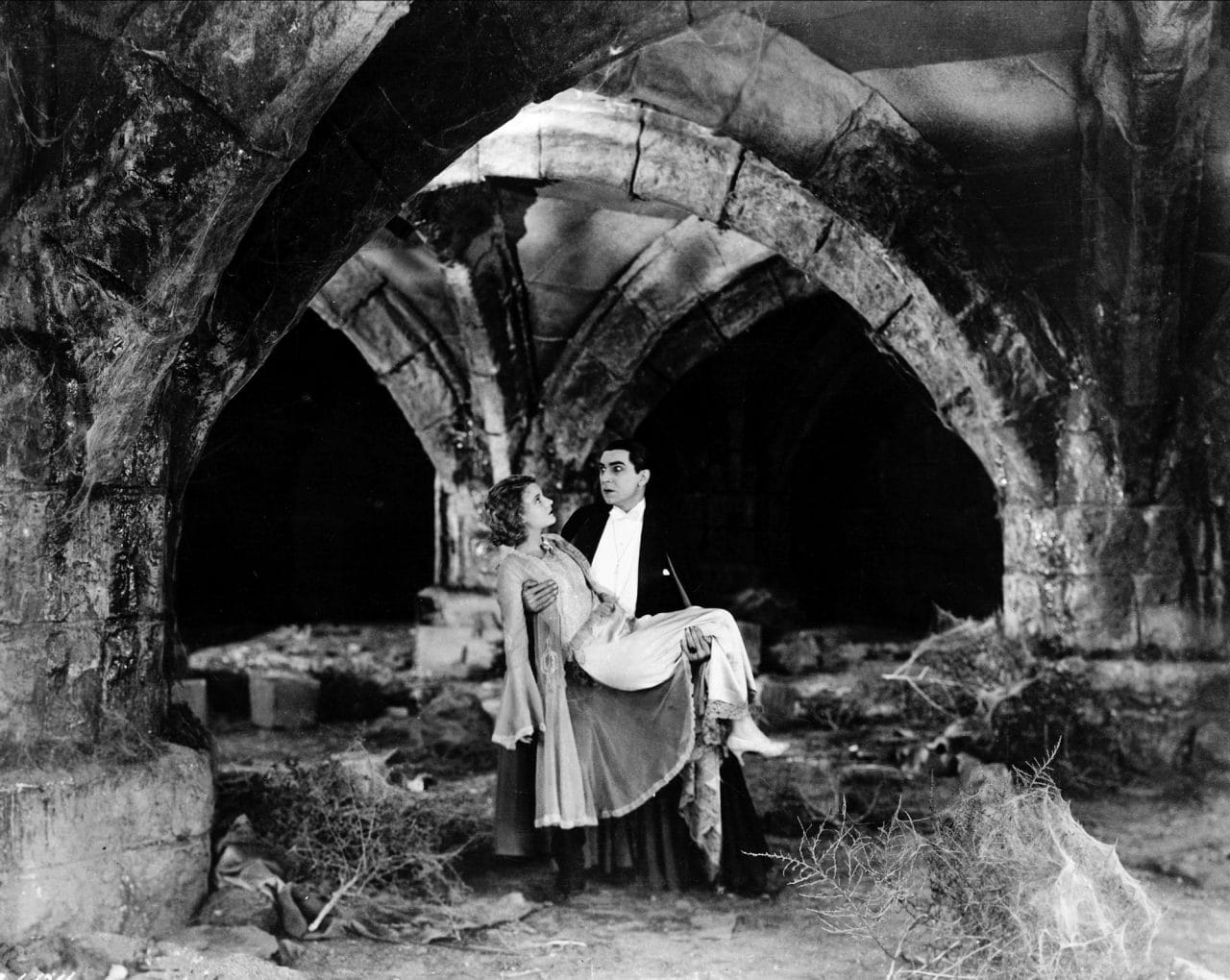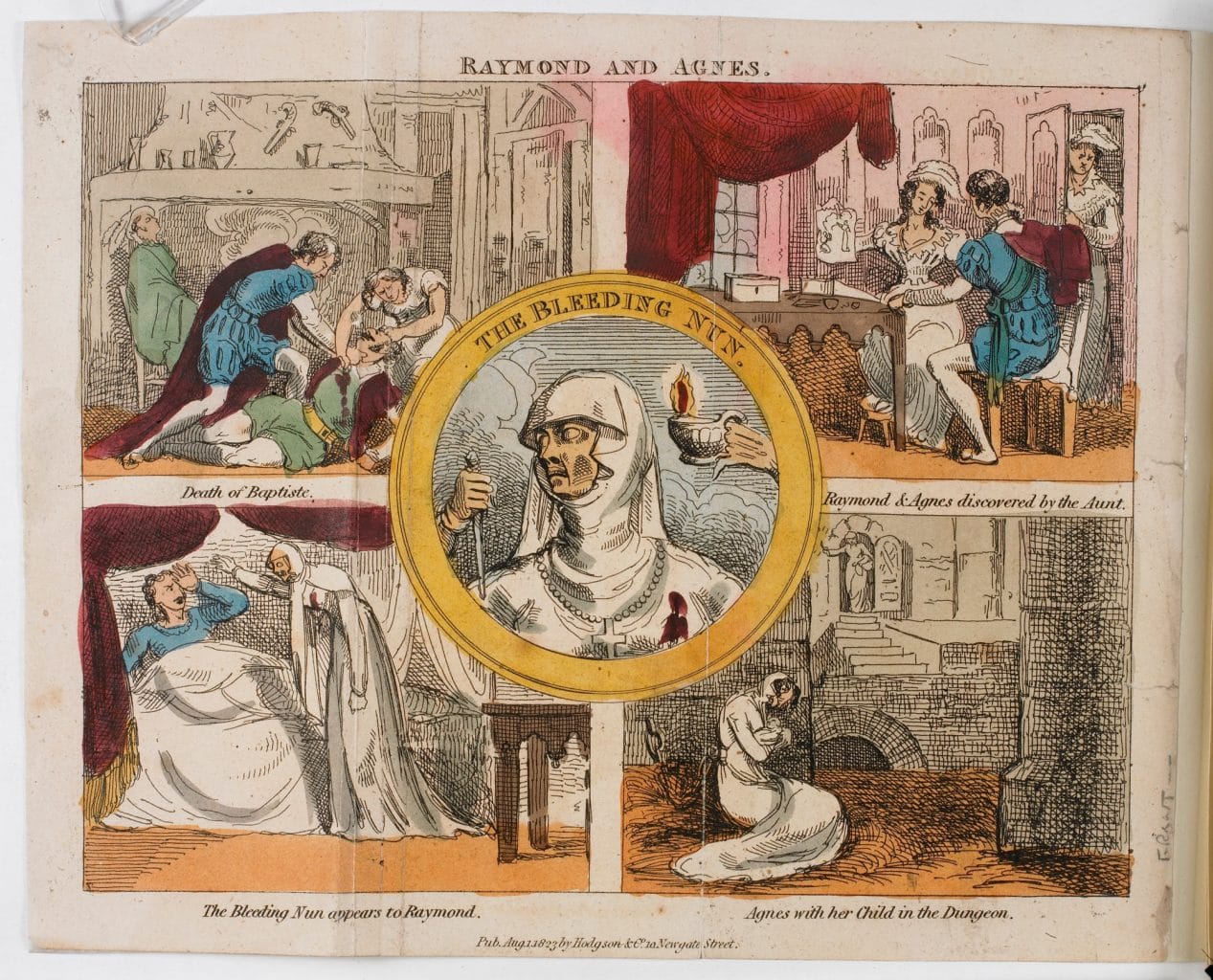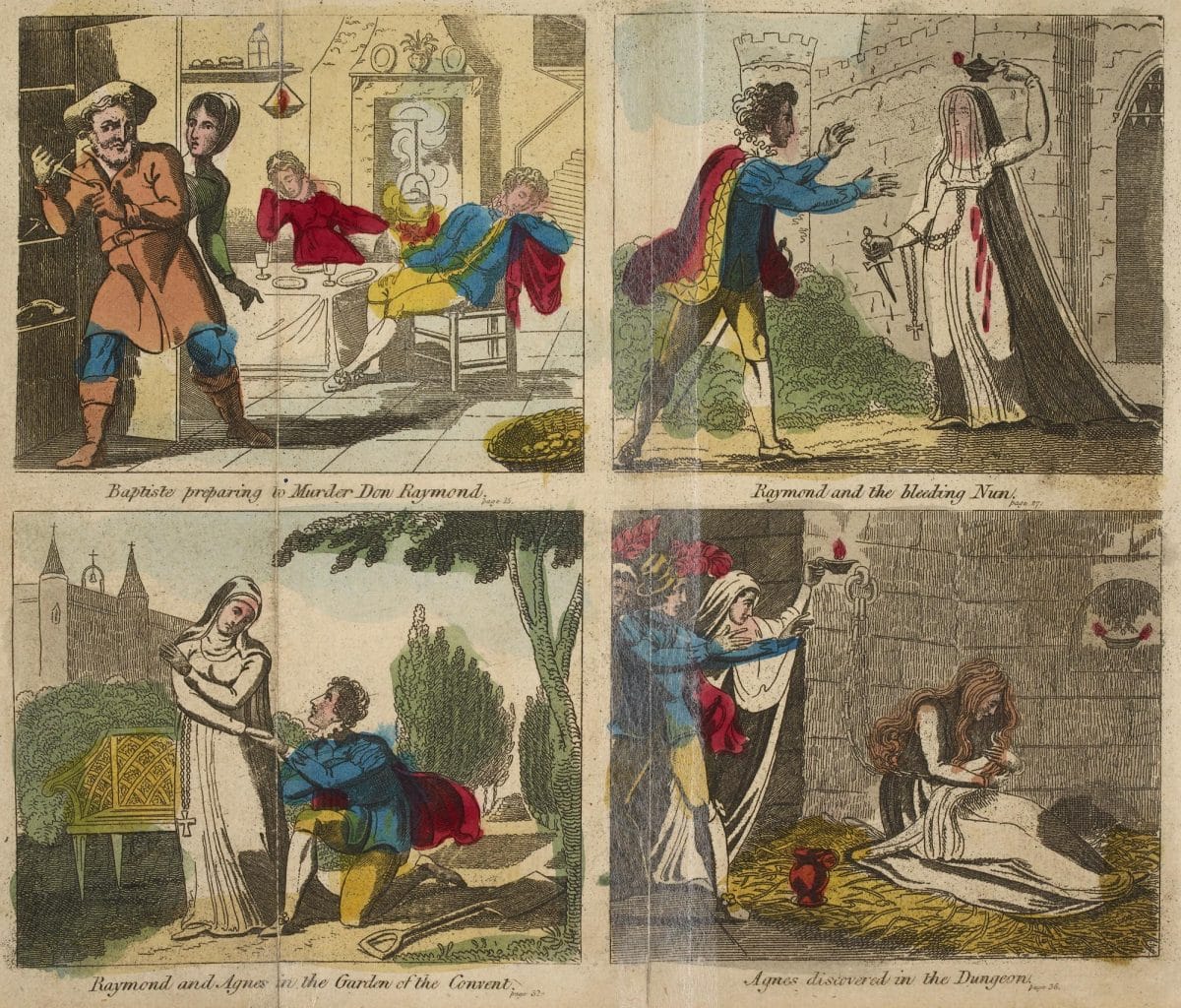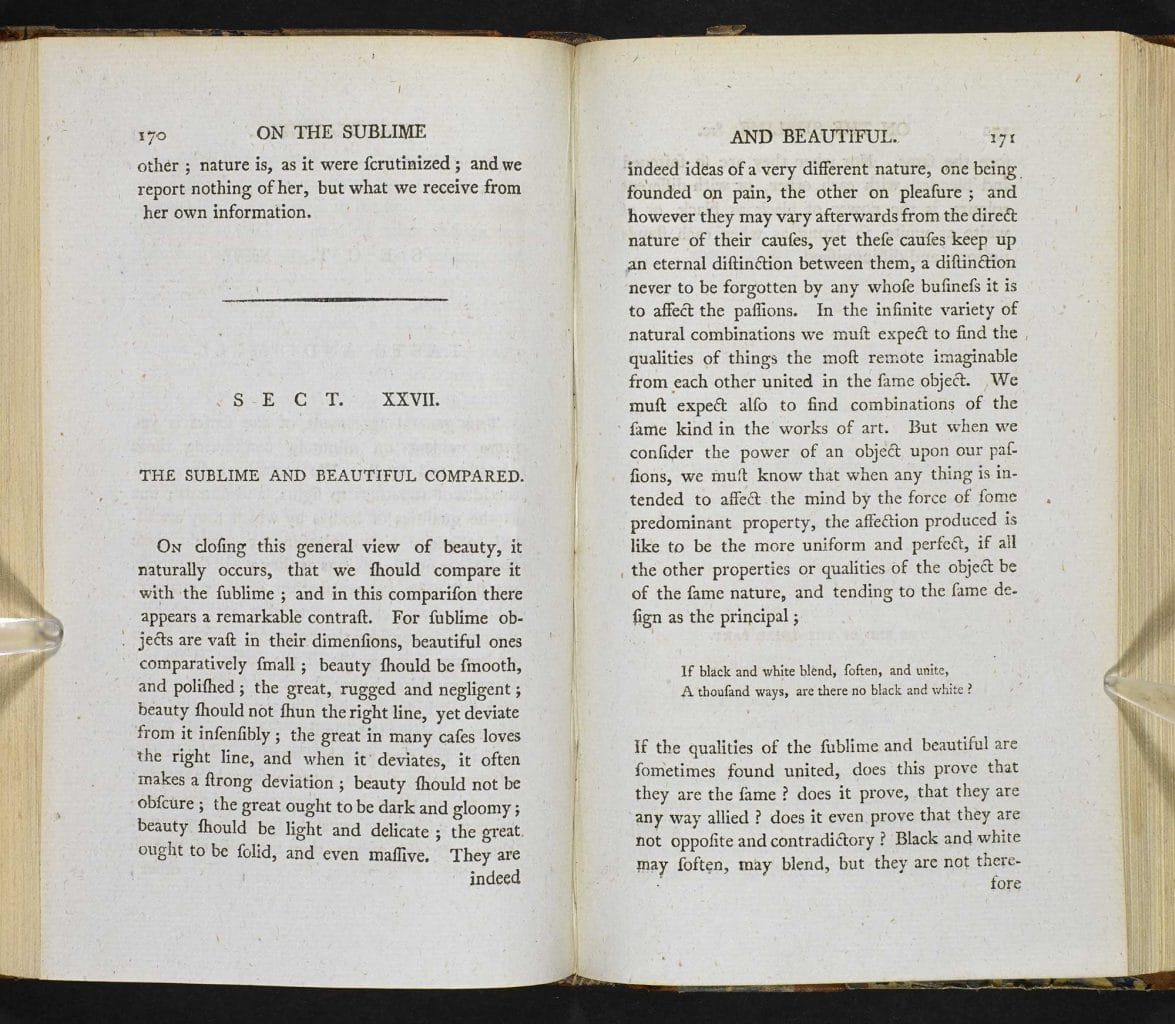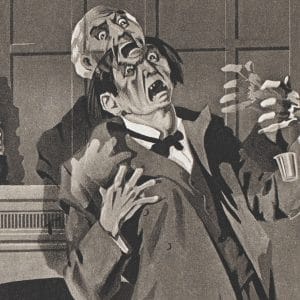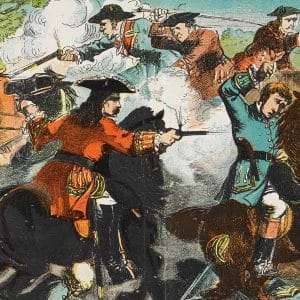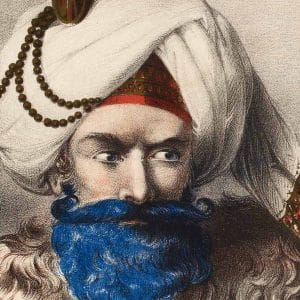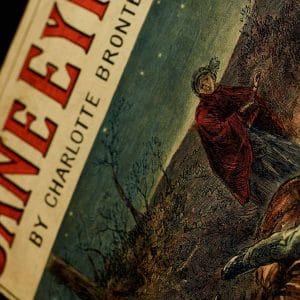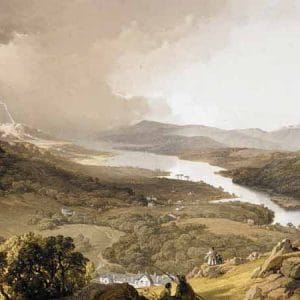
Gothic motifs
What does it mean to say a text is Gothic? Professor John Bowen considers some of the best-known Gothic novels of the late 18th and 19th centuries, exploring the features they have in common, including marginal places, transitional time periods and the use of fear and manipulation.
Professor John Bowen discusses key motifs in Gothic novels, including the uncanny, the sublime and the supernatural. Filmed at Strawberry Hill House, Twickenham.
Gothic is a literary genre, and a characteristically modern one. The word ‘genre’ comes from the Latin ‘genus’ which means ‘kind’. So to ask what genre a text belongs to is to ask what kind of text it is. A genre isn’t like a box in which a group of texts all neatly fit and can be safely classified; there is no essence or a single element that belongs to all Gothics. It is more like a family of texts or stories. All members of a family don’t look the same and they don’t necessarily have a single trait in common, but they do have overlapping characteristics, motifs and traits. The genre of Gothic is a particularly strange and perverse family of texts which themselves are full of strange families, irrigated with scenes of rape and incest, and surrounded by marginal, uncertain and illegitimate members. It is never quite clear what is or is not a legitimate member of the now huge Gothic family, made up not just of novels, poems and stories but of films, music, videogames, opera, comics and fashion, all belonging – and not quite belonging – together. But they do have some important traits in common.
Strange places
It is usual for characters in Gothic fiction to find themselves in a strange place; somewhere other, different, mysterious. It is often threatening or violent, sometimes sexually enticing, often a prison. In Bram Stoker’s 1897 Dracula, for example, Jonathan Harker, a young lawyer’s clerk, suddenly finds himself trapped within Castle Dracula. That scene occurs in Central Europe, but often in classic Gothic fiction – in the novels of Ann Radcliffe for example – it takes place in distant, marginal, mysterious southern Europe; and it could just as easily be somewhere like Satis House in Great Expectations, a decaying mansion just down the road.
Clashing time periods
Just as places are often mysterious, lost, dark or secret in Gothic fiction, so too are its characteristic times. Gothics often take place at moments of transition (between the medieval period and the Renaissance, for example) or bring together radically different times. There is a strong opposition (but also a mysterious affinity) in the Gothic between the very modern and the ancient or archaic, as everything that characters and readers think that they’ve safely left behind comes back with a vengeance.
Sigmund Freud wrote a celebrated essay on ’The Uncanny’ (1919), which he defined as ‘that class of the frightening which leads back to what is known of old and long familiar’.[1] Gothic novels are full of such uncanny effects – simultaneously frightening, unfamiliar and yet also strangely familiar. A past that should be over and done with suddenly erupts within the present and deranges it. This is one reason why Gothic loves modern technology almost as much as it does ghosts. A ghost is something from the past that is out of its proper time or place and which brings with it a demand, a curse or a plea. Ghosts, like gothics, disrupt our sense of what is present and what is past, what is ancient and what is modern, which is why a novel like Dracula is as full of the modern technology of its period – typewriters, shorthand, recording machines – as it is of vampires, destruction and death.
Power and constraint
The Gothic world is fascinated by violent differences in power, and its stories are full of constraint, entrapment and forced actions. Scenes of extreme threat and isolation – either physical or psychological – are always happening or about to happen. A young woman in danger, such as the orphan Emily St Aubert in Ann Radcliffe’s The Mysteries of Udolpho (1794) or Lucy Westenra in Dracula, is often at the centre of Gothic fiction. Against such vulnerable women are set the great criminals or transgressors, such as the villainous Montoni in The Mysteries of Udolpho or Count Dracula. Cursed, obscene or satanic, they seem able to break norms, laws and taboos at will. Sexual difference is thus at the heart of the Gothic, and its plots are often driven by the exploration of questions of sexual desire, pleasure, power and pain. It has a freedom that much realistic fiction does not, to speak about the erotic, particularly illegitimate or transgressive sexuality, and is full of same-sex desire, perversion, obsession, voyeurism and sexual violence. At times, as in Matthew Lewis’s The Monk (1796), Gothic can come close to pornography.
Terror versus horror
Why do readers take such pleasure in Gothic’s descriptions of frightening and horrible events, and might there be something wrong or immoral in doing so? The pioneering gothic novelist Ann Radcliffe was particularly troubled by these questions and in trying to answer them, made an important distinction between ‘terror’ and ‘horror’. Terror, which she thought characterised her own work, could be morally uplifting. It does not show horrific things explicitly but only suggests them. This, she thinks, ‘expands the soul’ of the readers of her works and helps them to be more alert to the possibility of things beyond their everyday life and understanding. Horror, by contrast, Radcliffe argues, ‘freezes and nearly annihilates’ the senses of its readers because it shows atrocious things too explicitly.[2] This is morally dangerous and produces the wrong kind of excitement in the reader. Whereas there might be the fear or suggestion of the possibility of sexual assault or rape, for example, in a Radcliffe novel, there is explicit description of such scenes in The Monk. Terror, which can be morally good, characterises the former; horror, which is morally bad, the latter. Terror for Radcliffe is concerned with the psychological experience of being full of fear and dread and thus of recognising human limits; horror by contrast focuses on the horrific object or event itself, with essentially damaging or limiting consequences for the reader’s state of mind.
A world of doubt
Gothic is thus a world of doubt, particularly doubt about the supernatural and the spiritual. It seeks to create in our minds the possibility that there may be things beyond human power, reason and knowledge. But that possibility is constantly accompanied by uncertainty. In Radcliffe’s work, even the most terrifying things turn out to have rational, non-supernatural explanations; by contrast, in Lewis’s The Monk, Satan himself appears. The uncertainty that goes with Gothic is very characteristic of a world in which orthodox religious belief is waning; there is both an exaggerated interest in the supernatural and the constant possibility that even very astonishing things will turn out to be explicable. This intellectual doubt is constantly accompanied by the most powerful affects or emotions that the writer can invoke. The 18th-century philosopher and politician Edmund Burke in his 1757 A Philosophical Enquiry into the Origin of Our Ideas of the Sublime and Beautiful made a vital distinction between the beautifuland the sublime which has shaped much modern thinking about art. Beauty, for Burke, is characterised by order, harmony and proportion. Sublime experiences, by contrast – the kind we get for example from being on a high mountain in a great storm – are excessive ones, in which we encounter the mighty, the terrible and the awesome. Gothic, it is clear, is intended to give us the experience of the sublime, to shock us out of the limits of our everyday lives with the possibility of things beyond reason and explanation, in the shape of awesome and terrifying characters, and inexplicable and profound events.
脚注
- Sigmund Freud, “The Uncanny”, in The Standard Edition of the Complete Psychological Works of Sigmund Freud, Volume XVII (1917-1919): An Infantile Neurosis and Other Works (London: Hogarth, 1919), pp. 217-256 (p.219).
- Ann Radcliffe, ‘On the Supernatural in Poetry’, New Monthly Magazine, 16 (1826), 145-152 (p. 150).
The text in this article is available under the Creative Commons License
撰稿人: John Bowen
John Bowen is a Professor of 19th century literature at the University of York. His main research area is 19th-century fiction, in particular the work of Charles Dickens, but he has also written on modern poetry and fiction, as well as essays on literary theory.
